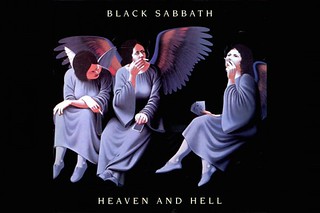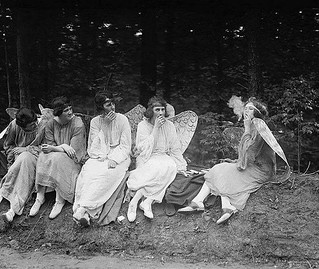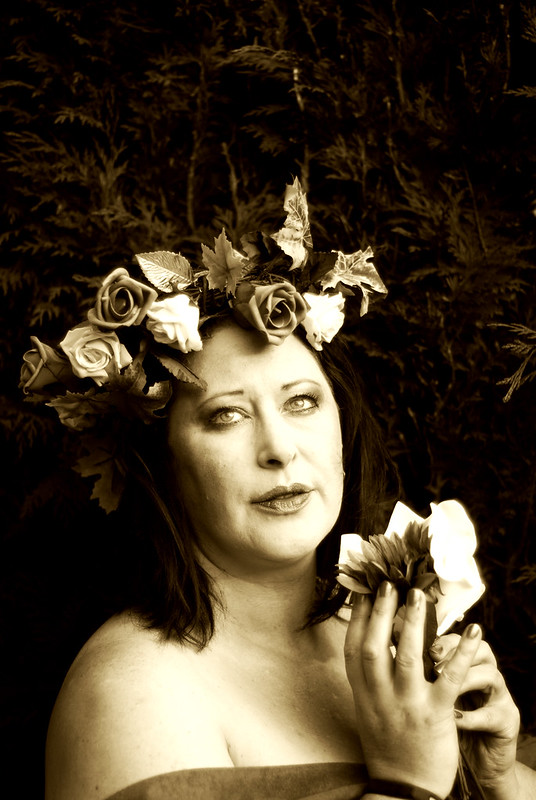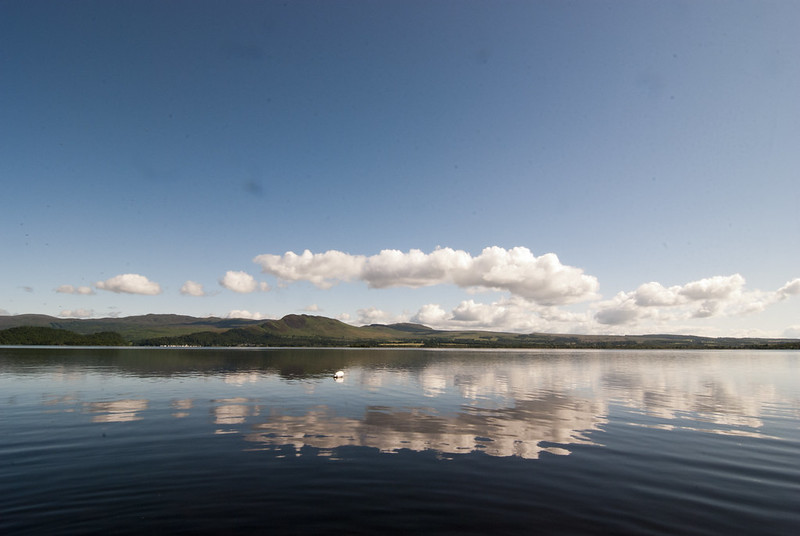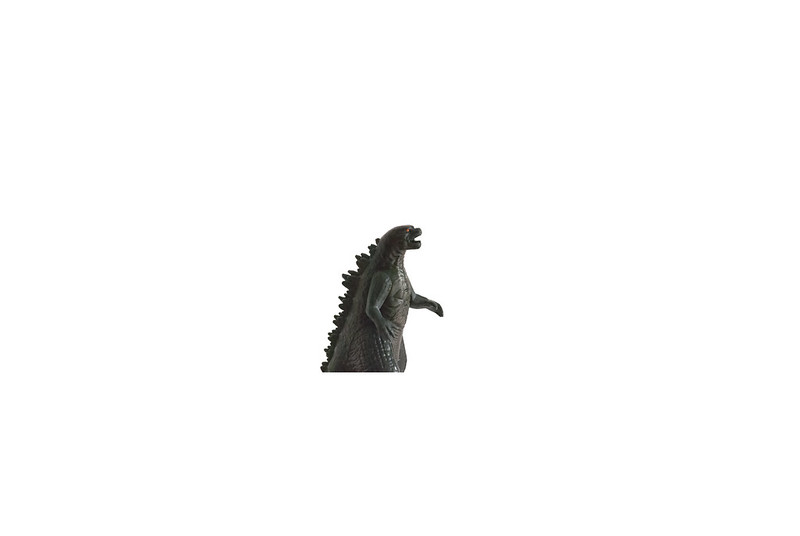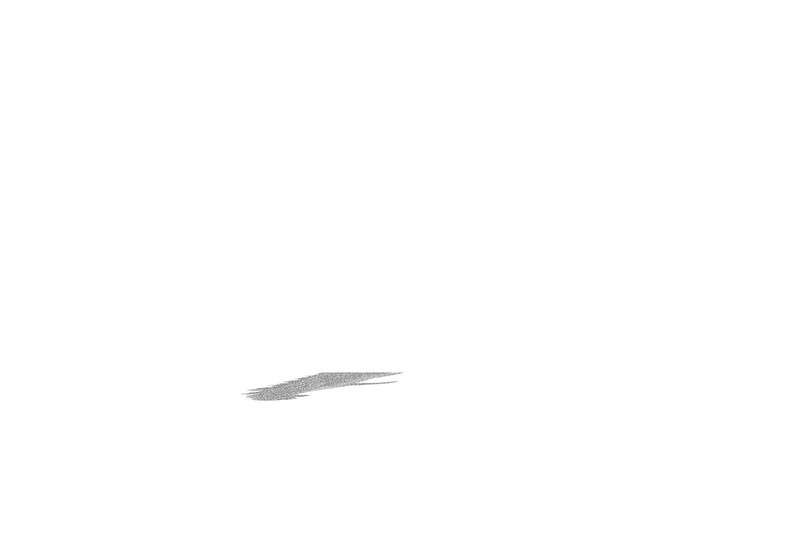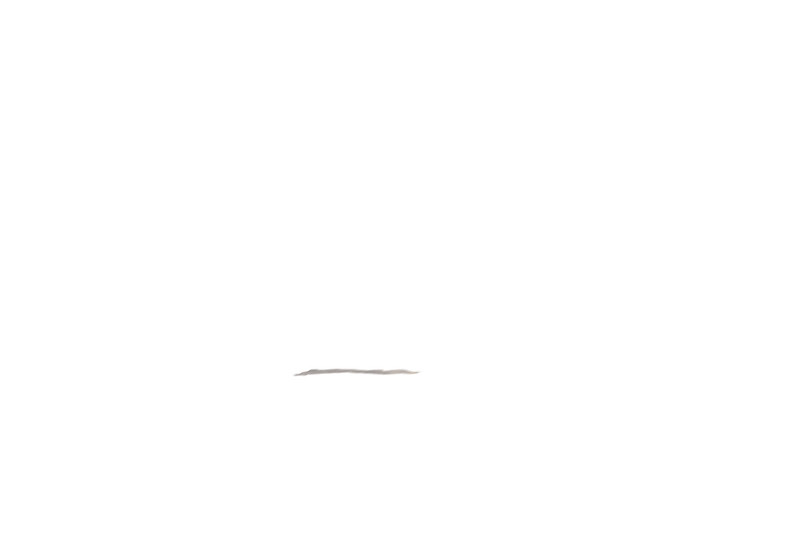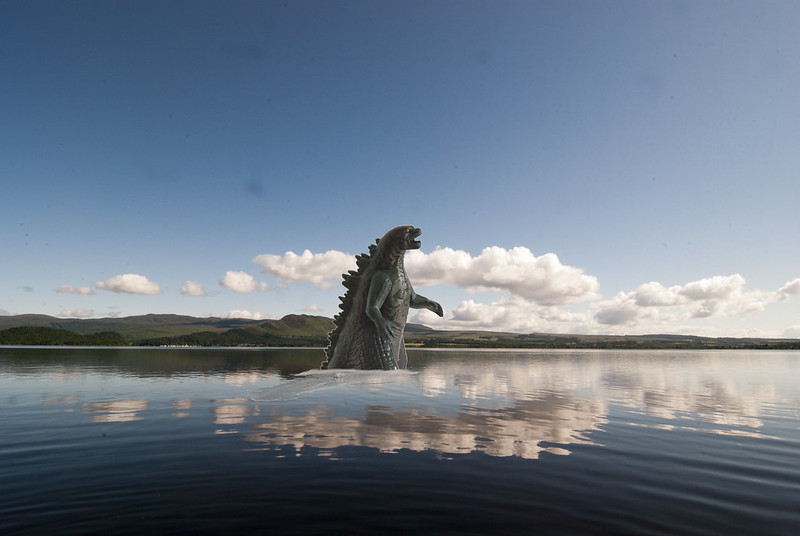One of my memories as a child was having to read world war one poems as part of a history class. I remember well the lingering sadness and emotions these poems brought to me.
One of the poems that stuck with me to this day is Suicide in the Trenches" by Siegfried Sassoon, written during his First World War military service and published in his 1918 collection: Counter-Attack and Other Poems
This poem, is one of the many poems Sassoon composed in response to World War I and raises questions on the politics of war and its ultimate affect on the human being.
Suicide in the Trenches
I knew a simple soldier boy
Who grinned at life in empty joy, Slept soundly through the lonesome dark, And whistled early with the lark.
In winter trenches, cowed and glum, With crumps and lice and lack of rum, He put a bullet through his brain. No one spoke of him again.
You smug-faced crowds with kindling eye Who cheer when soldier lads march by, Sneak home and pray you'll never know The hell where youth and laughter go.
Visual Interpretation.
While thinking this through I decided to use photographs from both sides in World war 1; I wanted to keep the images as close to the concept of the text as possible. I could have chosen more modern images, for example I could have used this image which is from Don McCullin. His war photography, echoes this soldiers emotional emptiness.
1.
But I wanted to keep the emotion of the poem as close to the historical events as possible. While working of the exercise I chose to break the poem down into separate parts as I wanted to give examples of what it brings to my mind.
I knew a simple soldier boy Who grinned at life in empty joy,
2.
In winter trenches, cowed and glum, With crumps and lice and lack of rum,
3.
He put a bullet through his brain. No one spoke of him again
4
4.
You smug-faced crowds with kindling eye Who cheer when soldier lads march by,
You smug-faced crowds with kindling eye Who cheer when soldier lads march by,
5.
Sneak home and pray you'll never know The hell where youth and laughter go.
Sneak home and pray you'll never know The hell where youth and laughter go.
6
6.
I choose not to call Shell Shock PTSD or combat fatigue as I believe just like George Carlin that it removes the real pain from the condition and hides the truth.
I choose not to call Shell Shock PTSD or combat fatigue as I believe just like George Carlin that it removes the real pain from the condition and hides the truth.
For those who do not know what George said, here is a direct quote from part of a performance from him, it is called Euphemisms;.
"I don't like words that hide the truth. I don't like words that conceal reality. I don't like euphemisms, or euphemistic language. And American English is loaded with euphemisms. Cause Americans have a lot of trouble dealing with reality. Americans have trouble facing the truth, so they invent the kind of a soft language to protect themselves from it, and it gets worse with every generation. For some reason, it just keeps getting worse. I'll give you an example of that. There's a condition in combat. Most people know about it. It's when a fighting person's nervous system has been stressed to it's absolute peak and maximum. Can't take anymore input. The nervous system has either (click) snapped or is about to snap. In the first world war, that condition was called shell shock. Simple, honest, direct language. Two syllables, shell shock. Almost sounds like the guns themselves. That was seventy years ago. Then a whole generation went by and the second world war came along and very same combat condition was called battle fatigue. Four syllables now. Takes a little longer to say. Doesn't seem to hurt as much. Fatigue is a nicer word than shock. Shell shock! Battle fatigue. Then we had the war in Korea, 1950. Madison avenue was riding high by that time, and the very same combat condition was called operational exhaustion. Hey, we're up to eight syllables now! And the humanity has been squeezed completely out of the phrase. It's totally sterile now. Operational exhaustion. Sounds like something that might happen to your car. Then of course, came the war in Vietnam, which has only been over for about sixteen or seventeen years, and thanks to the lies and deceits surrounding that war, I guess it's no surprise that the very same condition was called post-traumatic stress disorder. Still eight syllables, but we've added a hyphen! And the pain is completely buried under jargon. Post-traumatic stress disorder. I'll bet you if we'd of still been calling it shell shock, some of those Vietnam veterans might have gotten the attention they needed at the time. I'll betcha. I'll betcha."
7.2. http://rarehistoricalphotos.com/shell-shocked-soldier-1916/
3. Pinterest. (2017). Journey's End. [online] Available at: https://uk.pinterest.com/lee9794/journeys-end/ [Accessed 14 Mar. 2017].
4. Densford, D., Densford, D. and Densford, D. (2017). Suicide | The Chaplain Kit. [online] Thechaplainkit.com. Available at: https://thechaplainkit.com/tag/suicide/ [Accessed 14 Mar. 2017].
5. Firstworldwar.com. (2017). First World War.com - Home Front. [online] Available at: http://www.firstworldwar.com/photos/homefront2.htm [Accessed 14 Mar. 2017].
6. En.wikipedia.org. (2017). Chemical weapons in World War I. [online] Available at: https://en.wikipedia.org/wiki/Chemical_weapons_in_World_War_I [Accessed 14 Mar. 2017].
7. Ptsdcombat.blogspot.co.uk. (2017). A George Carlin Classic on Combat PTSD | PTSD Combat: Winning the War Within. [online] Available at: http://ptsdcombat.blogspot.co.uk/2008/01/george-carlin-classic-on-combat-ptsd.html [Accessed 14 Mar. 2017].
.
















